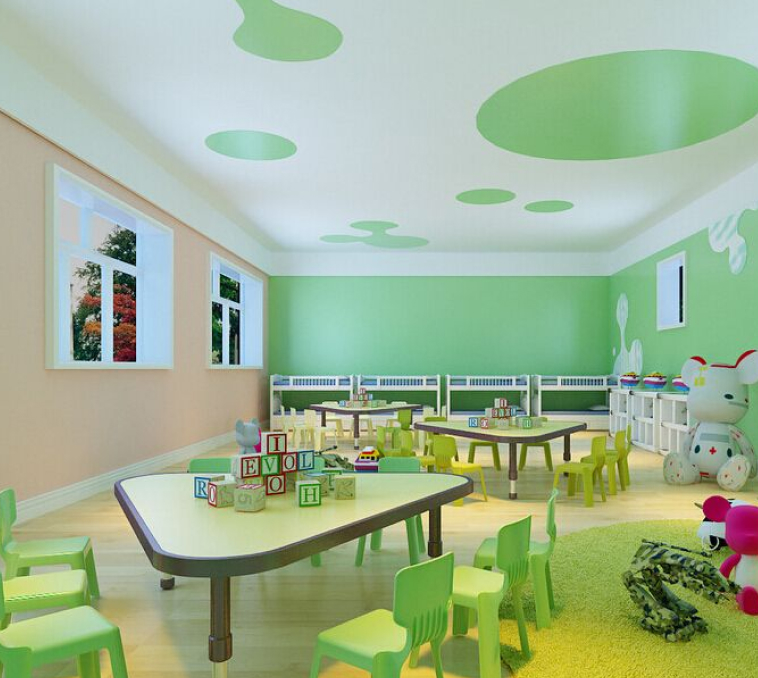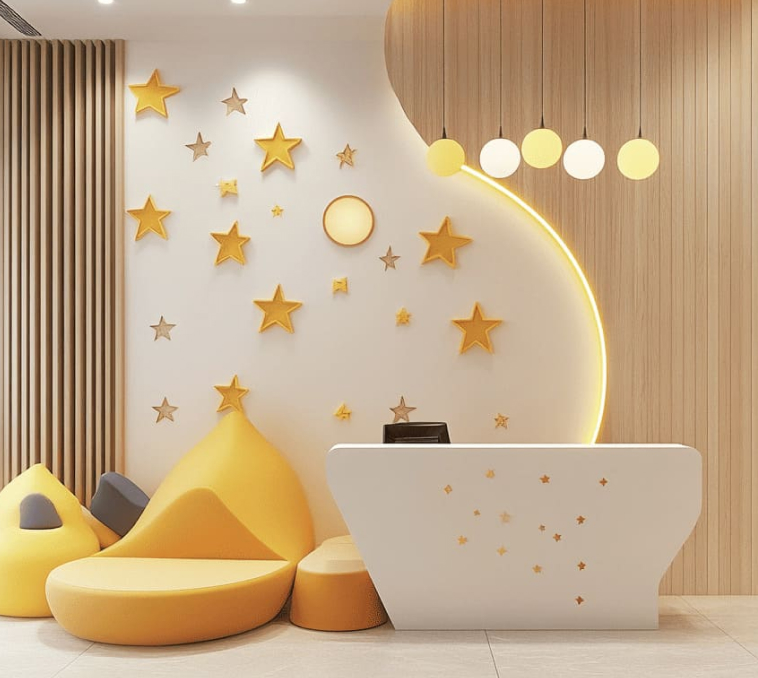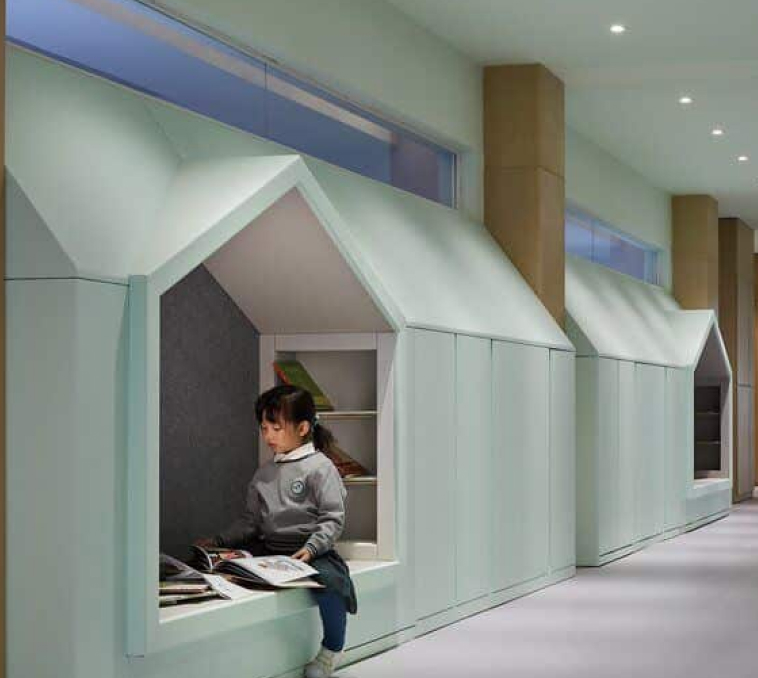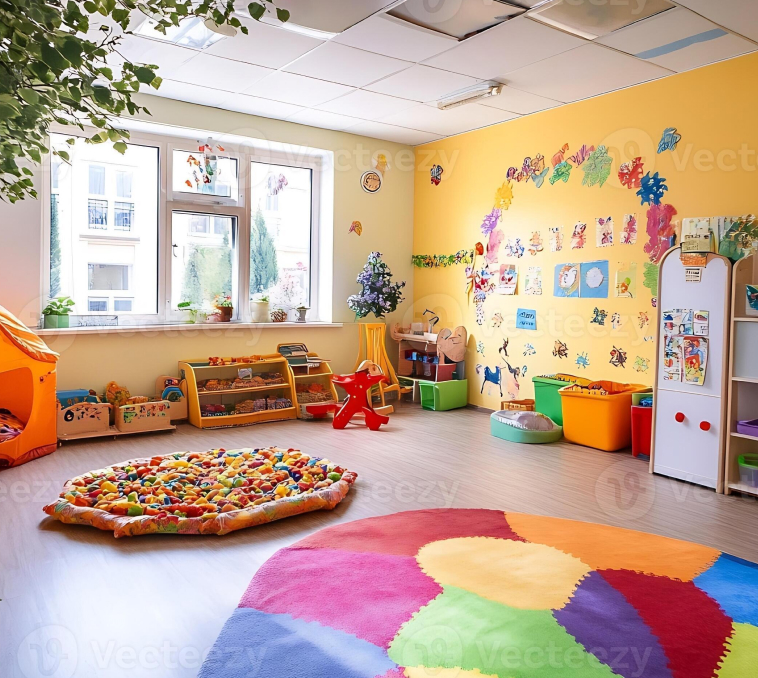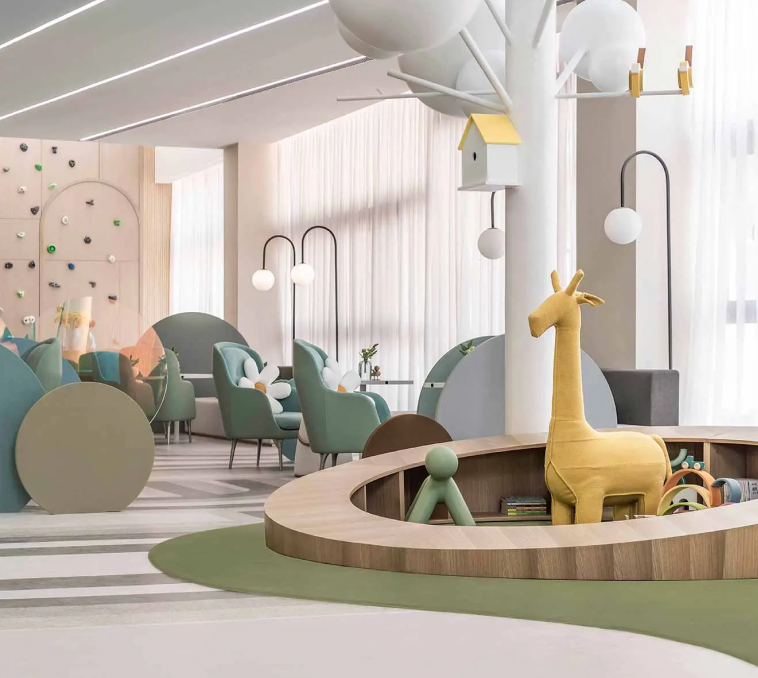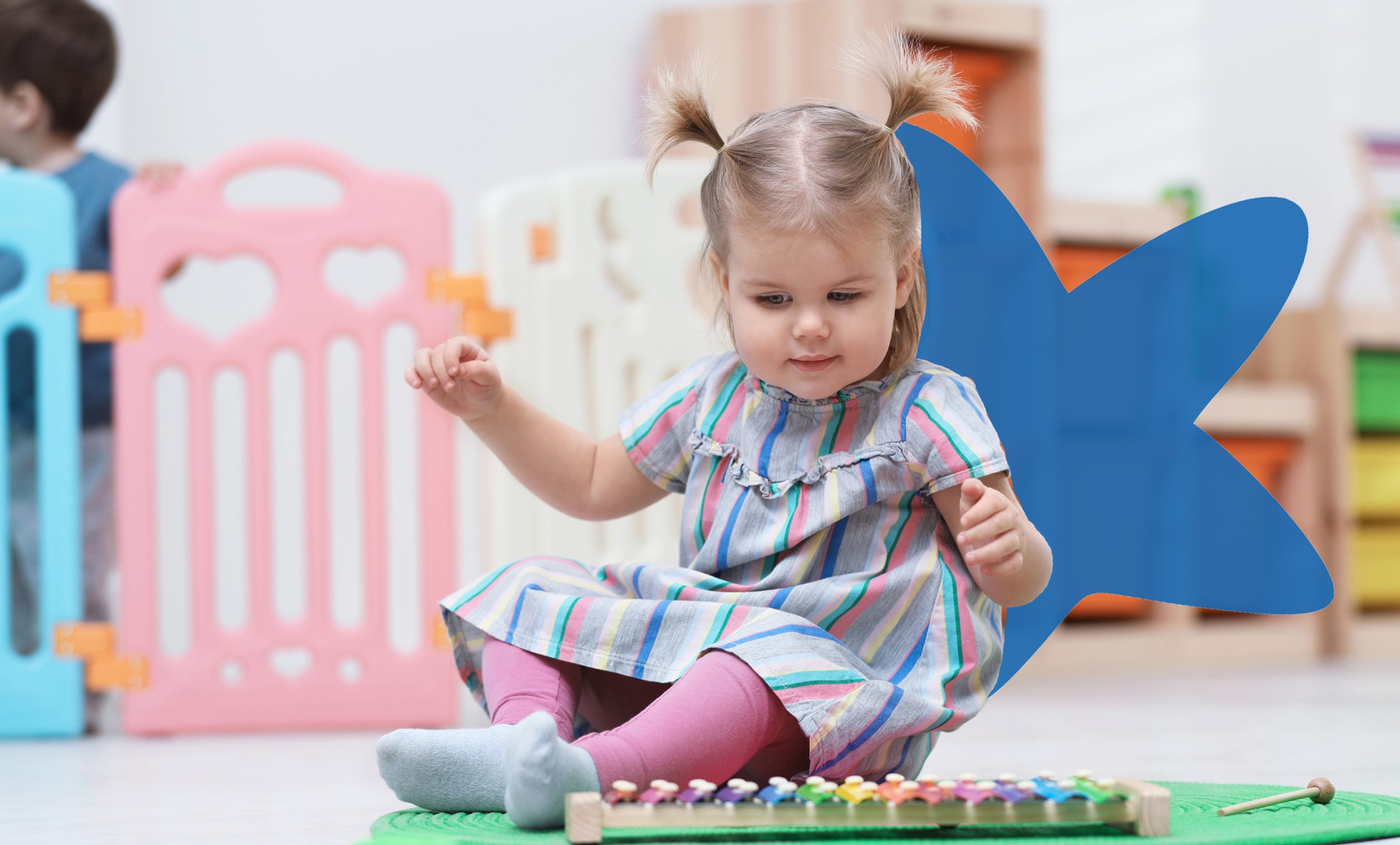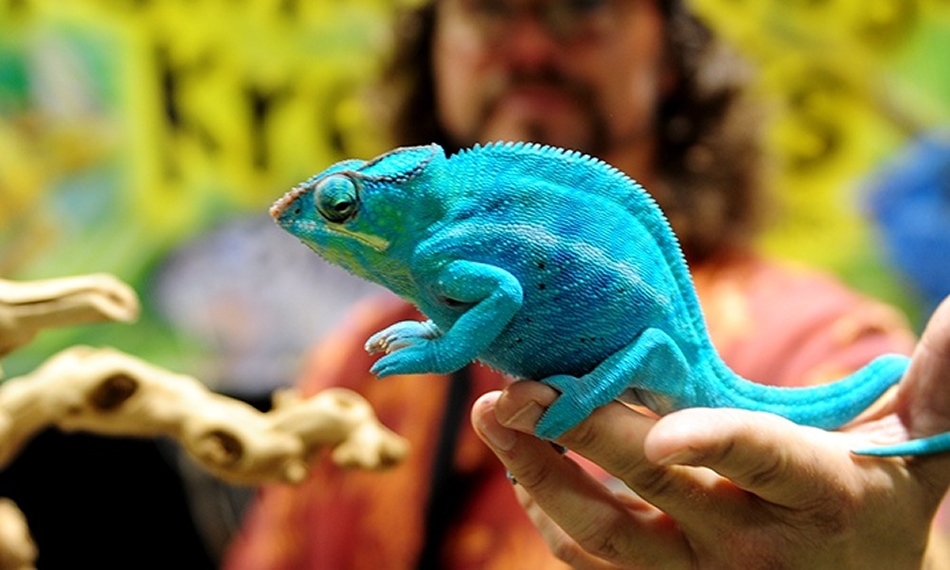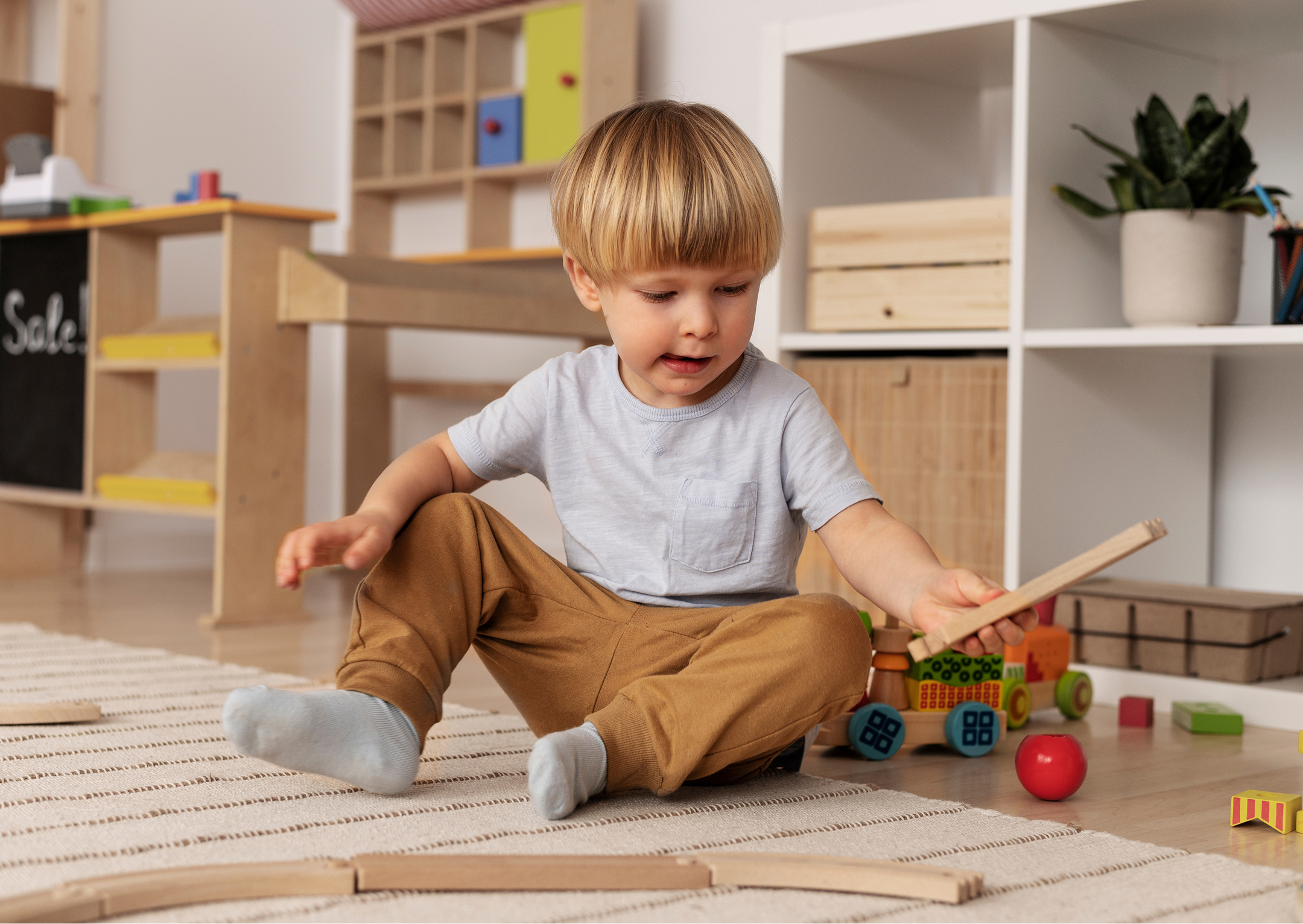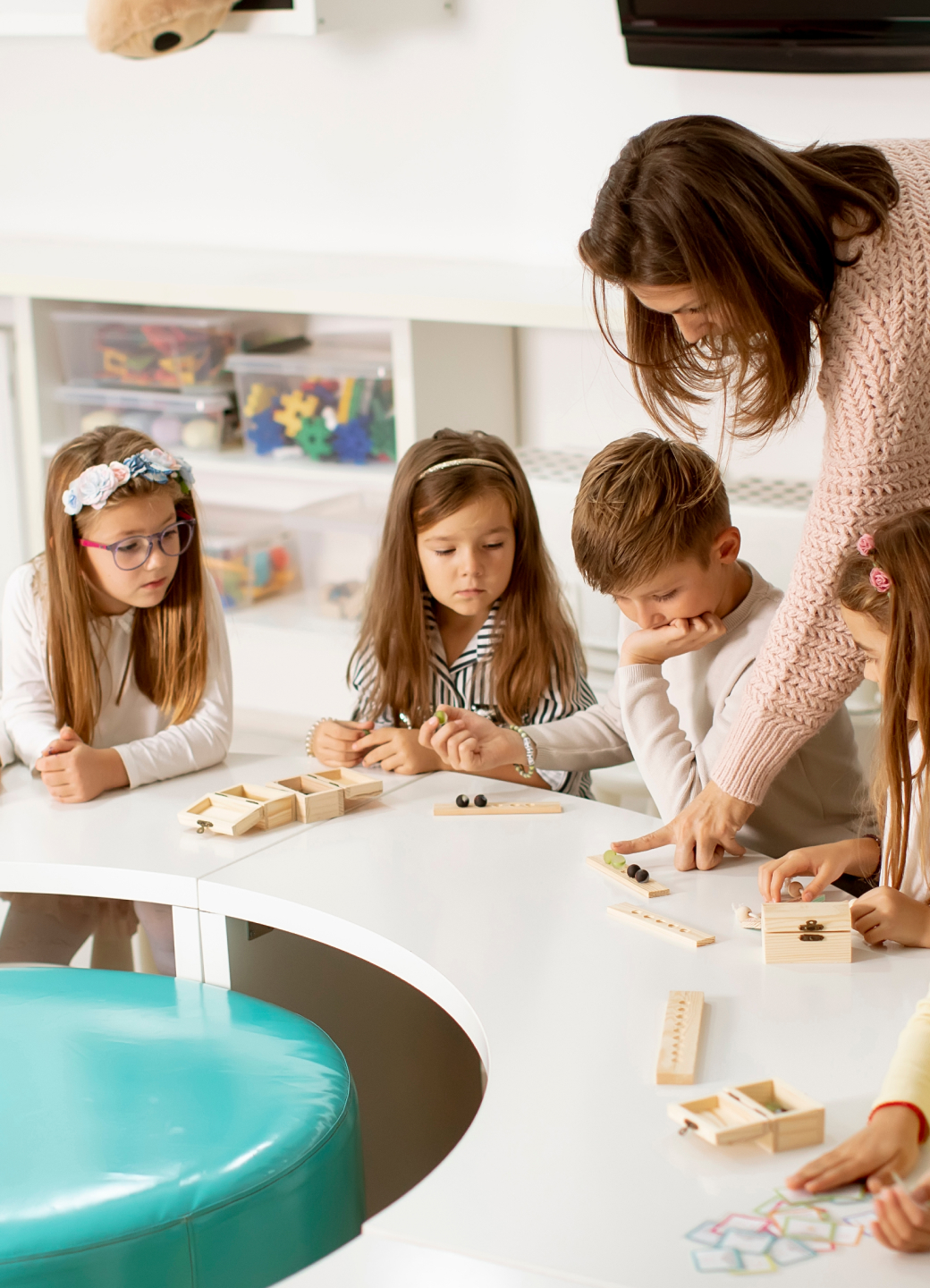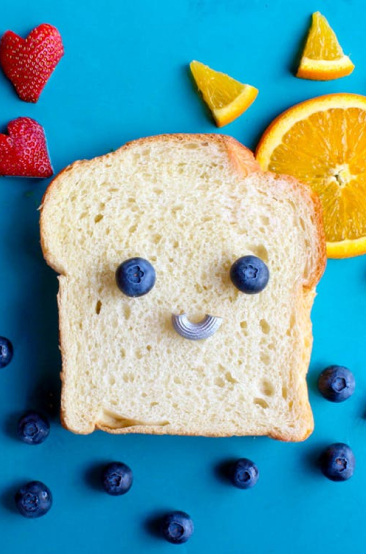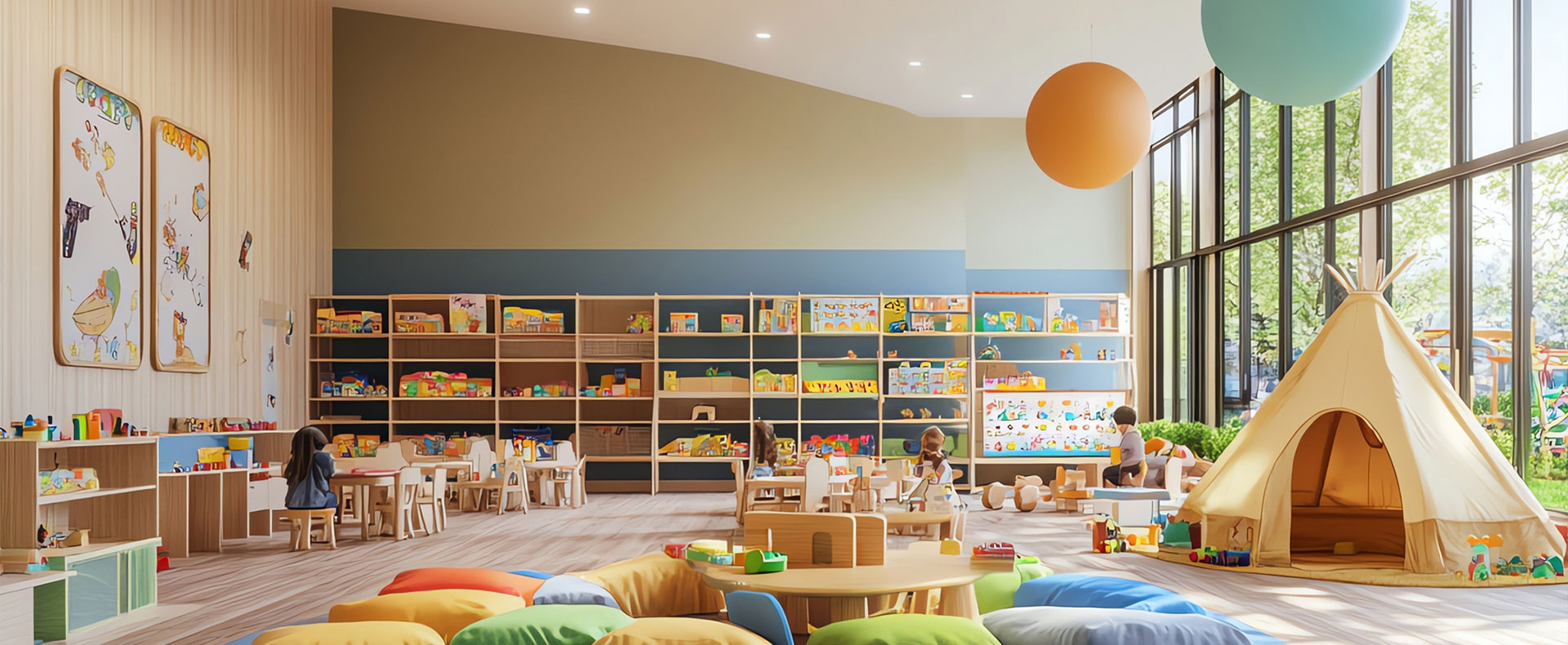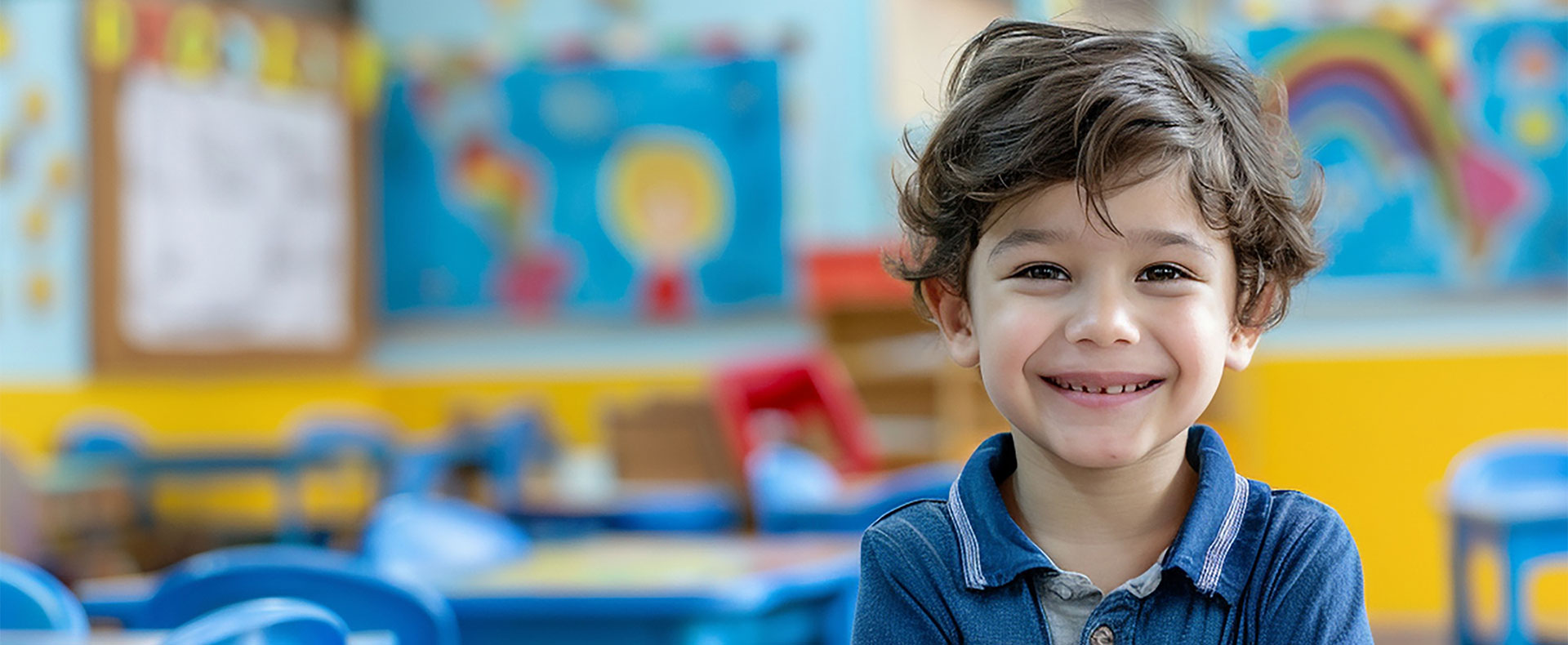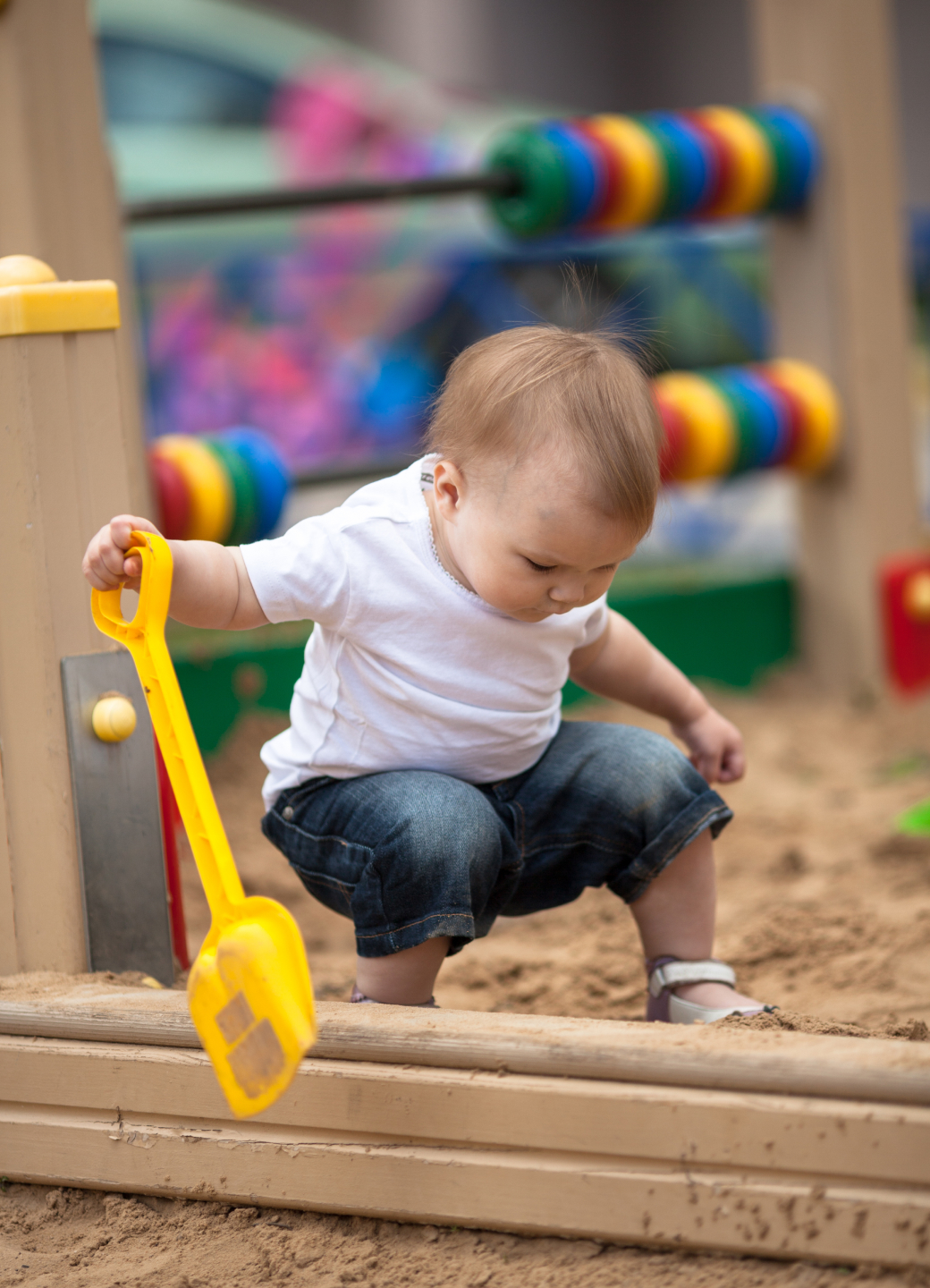
Critical thinking is about forming judgment based on facts and evidence. It’s also a way of thinking clearly and rationally. It’s an essential core skill in this modern day where critical thinking can help us arrive at the right decisions and interpretation of what happens around us.
Children and critical thinking
For children, critical thinking is also an essential core skill. That’s because this can help them form a solid foundation for their further learning and development. This solid foundation can also help them do well in big school and beyond. Through critical thinking, they can better understand academic concepts they’re about to encounter in the big school.
To help your child become a critical thinker, here are some of the things you can do:
- Always provide them with choices
- Provide several opportunities for play
- Teach and encourage them to solve problems
- Let them feel and face the challenges (instead of helping them immediately)
The goal is to always let them think and provide them opportunities to face several appropriate challenges especially through play. It also helps to always provide them with choices so they can always compare the options they have. This comparison allows them to analyse what makes something better and whether the choice will lead them to the best possible outcome.
Every day, you can help your child become a critical thinker. Daily communication with children can help stimulate their brains. If you constantly ask them questions and allow them to arrive at answers of their own, they can gradually build their critical thinking skills. This will also help them become quicker in analysing their choices and coming up with useful and even surprising answers.
Every day is a good opportunity to help children become critical thinkers, whether at home or at the early learning centre. The key here is to provide them with enough time and opportunities to think clearly and to overcome a variety of appropriate challenges. It also helps to maintain a stimulating environment with adequate amounts of learning resources and materials. This is one practical and proven way to support children’s rapid brain development.

